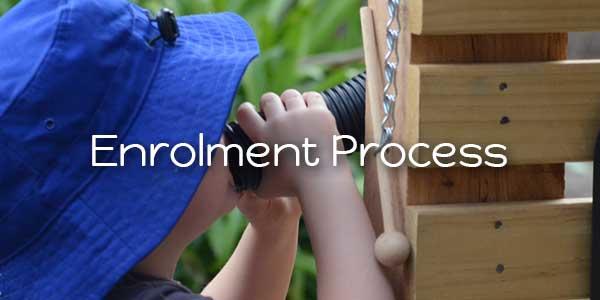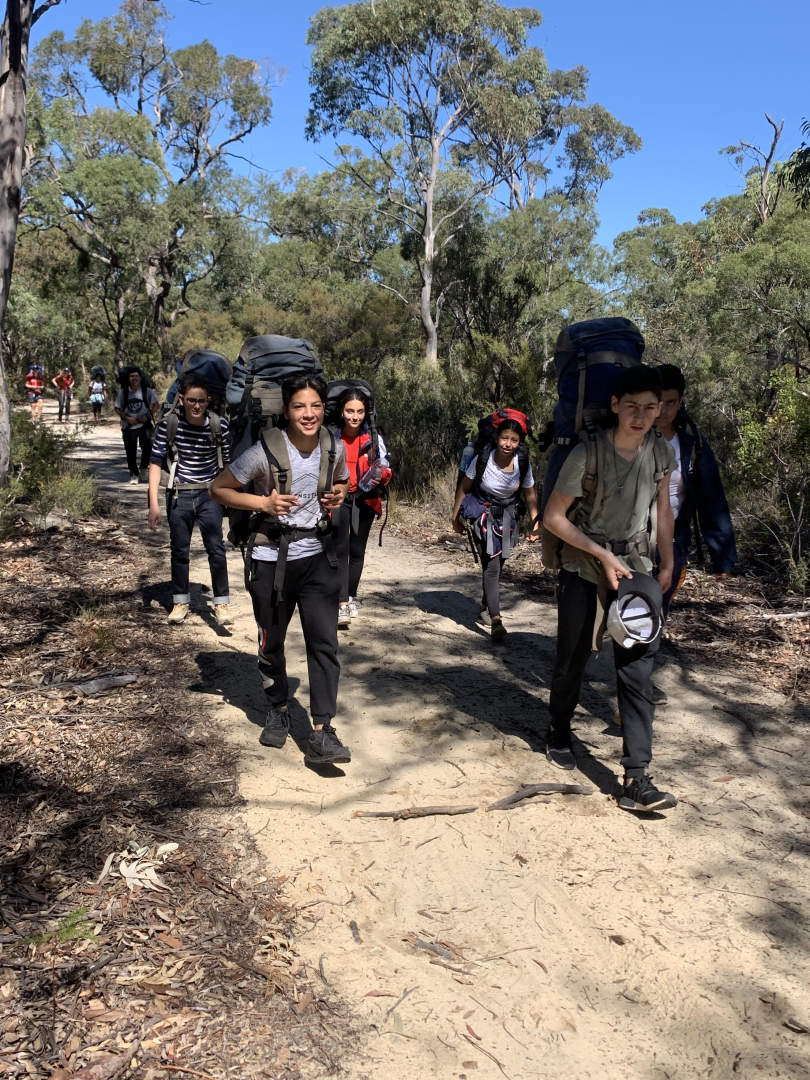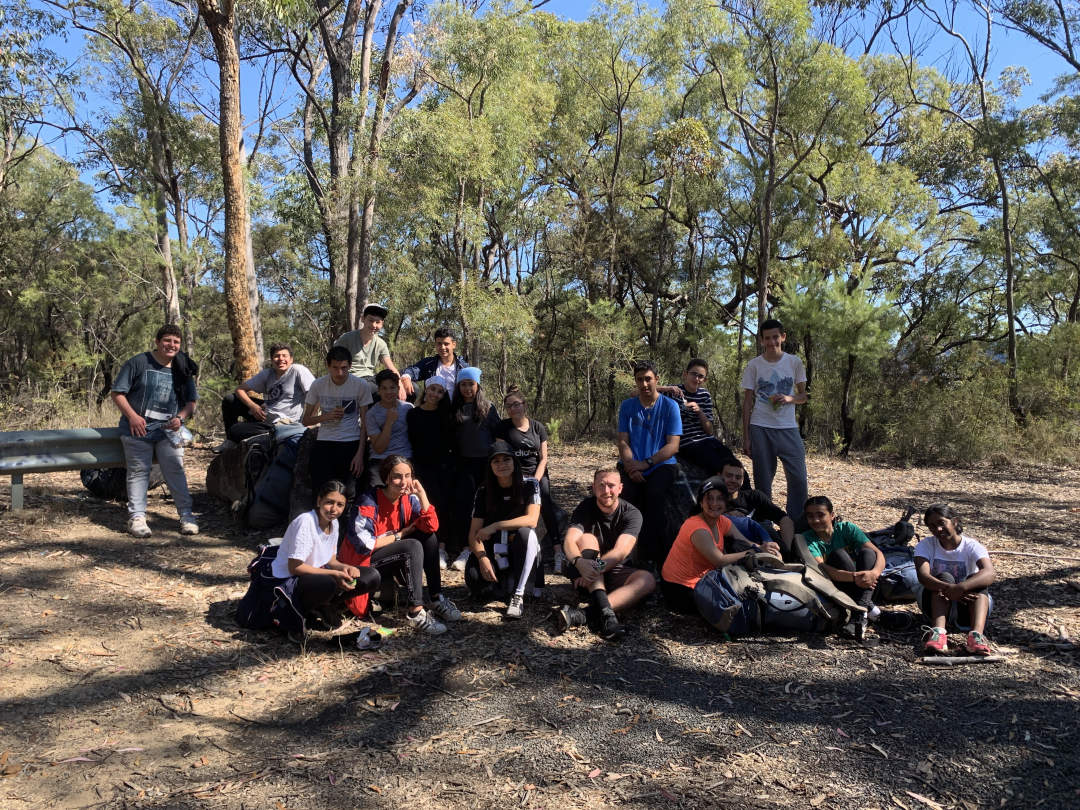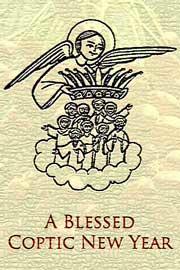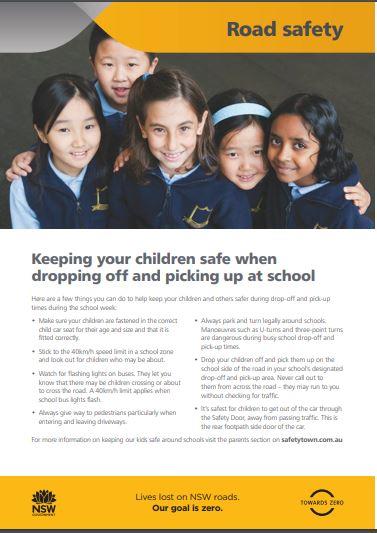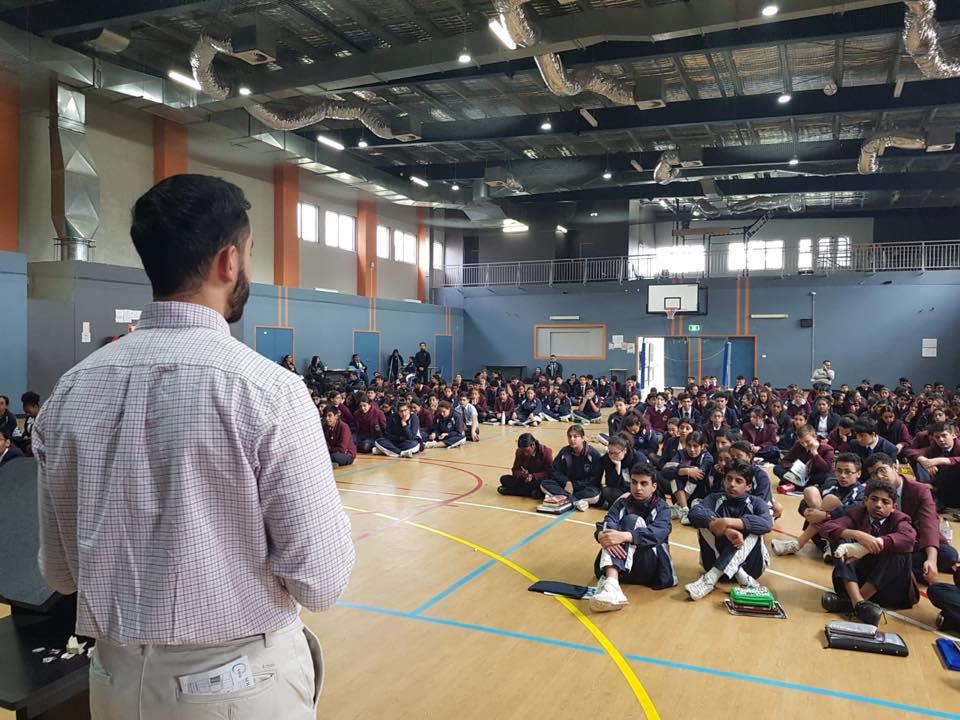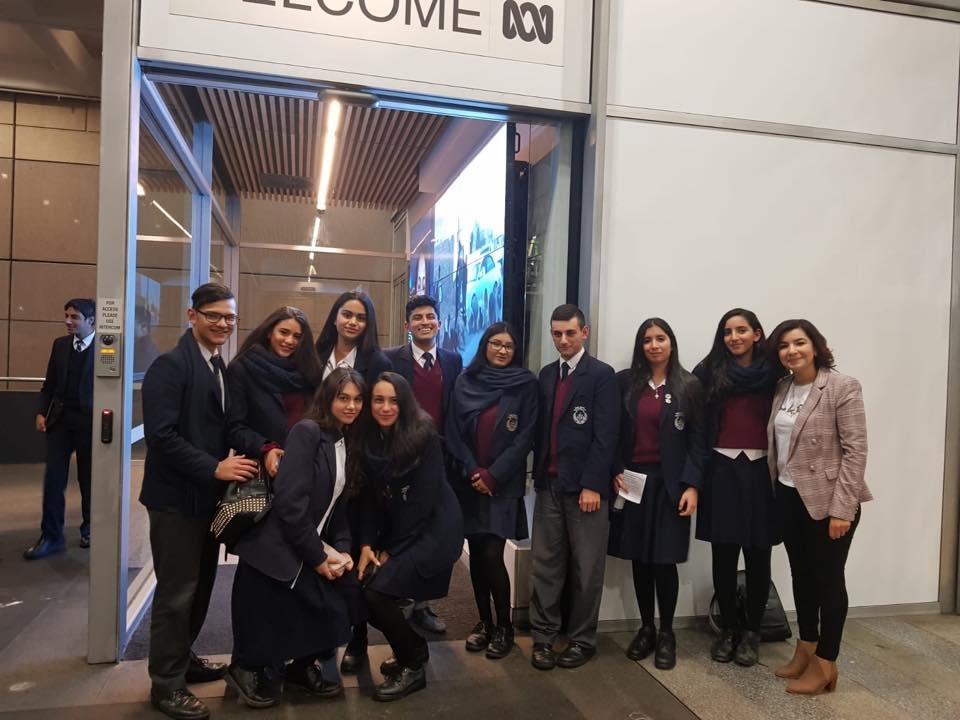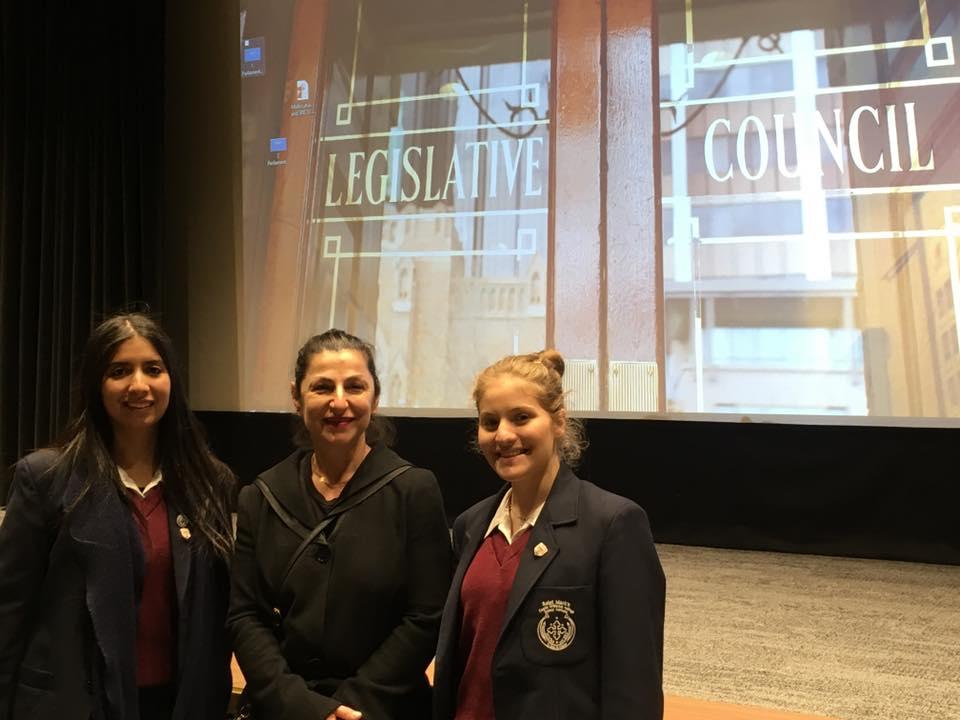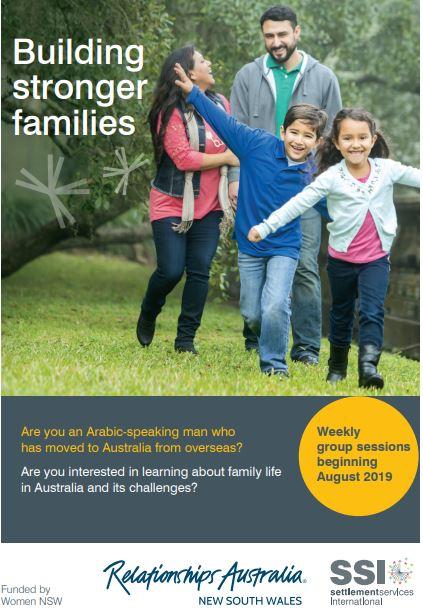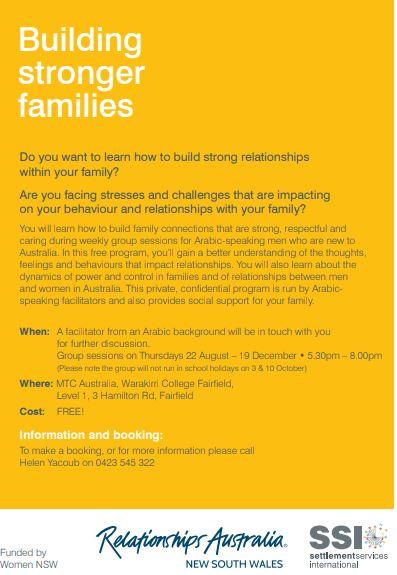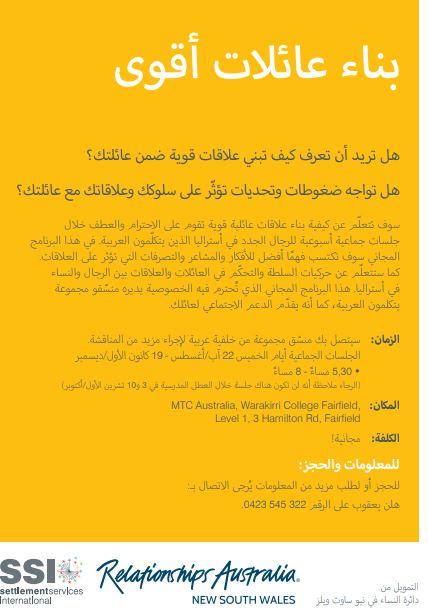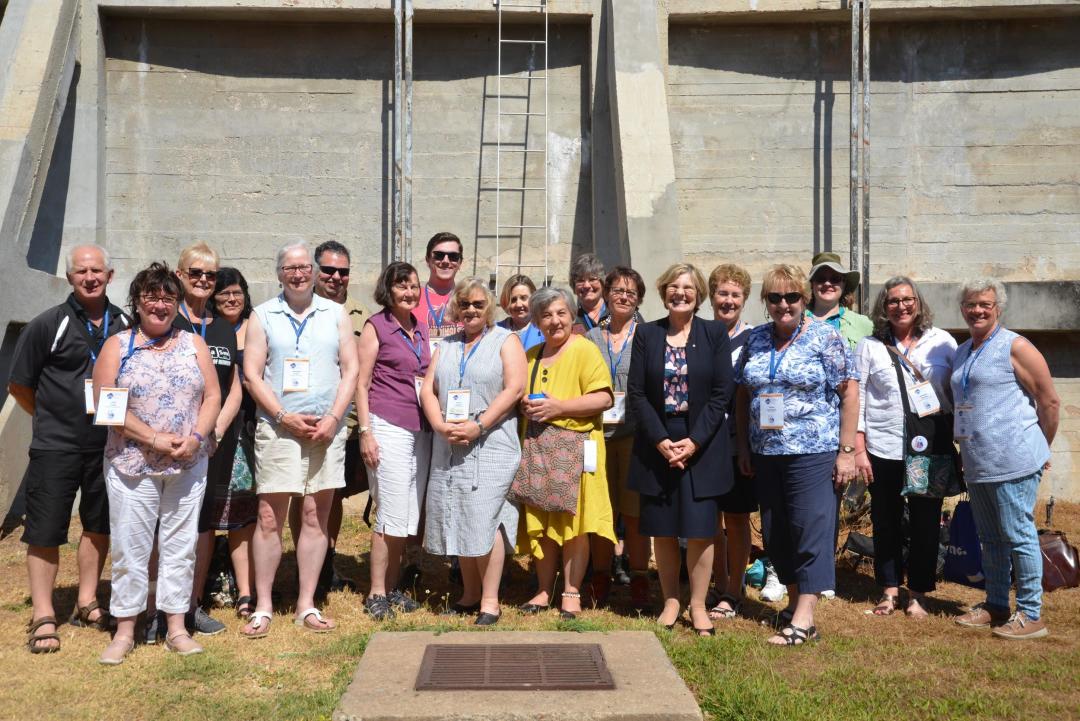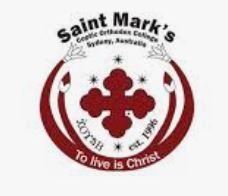I was excited to leave wintry NSW and head to Darwin for CONASTA68 . The program contained several seminars relevant for lab techs, and it is always interesting to see the set up in other high schools. This high school had its own science block with views of the ocean.
Sunday’s program began with a welcome function and then delegates walked to Mindil Beach night markets to watch the sun set.
The school’s gymnasium was built inside a very large concrete ex-water supply, and is known as “The Tank.” The exhibitors and catering were in the undercover playing field. There was a chill out zone and the occasional free ice cream and massage provided by a sponsor.
Monday’s keynote speaker was Dr Alan Andersen who is an ant specialist. He studies the ecology of ant communities and uses them as a bioindicator. Aussie ants love dry or arid regions even those affected by fire. There so many ants here (in the top ten for biomass) that sometimes DNA testing is required to determine new species. Iridomyrmex is the most diverse species and one of the more numerous.
Tuesday’s speaker was Dr Graeme Sawyer who is an environmental education specialist and winner of the Serventy Conservation Award. He enthralled us with tales of his early teaching and research career in NT remote communities. His work can be found in Questacon and on www.biodiversitywatch.org . He explained how integrating the natural world into science learning can engage students and deliver powerful messages.
Also speaking was Professor Lyn Beazly who was the first female Chief Scientist appointed in Western Australia. She explained some of the outreach and STEM programs that are preparing students for a fast-changing world. Recommended was the Sonic Boom Little Scientists Educator Conference in Sydney on 21-22 August 2019 for primary teachers. Mrs Beazley recommended the following activities that can stimulate engagement in science at school level.
Set up a beehive.
Millenium Kids – Green Lab bush restoration
Conversation of local animal species with a university partner.
Monitor and protect local biodiversity.
Sponsor and experience local science research.
Promote agricultural science degrees. Australia only has 500 graduates a year but needs 2000 per year.
Promote Geoscience – see Suzy Urbanizck.
Institute a low carbon school program or carbon neutral exercise.
Microscopes in Schools via Rotary International.
Astronomy – Fireballs in the Sky program
A school laboratory technician for every school – one hour teaching = 0.6 technician support.
by Loretta Fincato
Prof Lyn Beazly with laboratory technicians from around Australia (Photo)
CSIRO sponsored a panel on Wednesday which brought together experts in Learning on Country. Aboriginal communities and schools are working on Two-Way Science programs. Teaching is done in the student’s first language if some concepts haven’t been translated into English. Communities are asked what they want VET to teach their kids. Facilitators co-ordinate between rangers and educators. High demand for conservation land management skills and ranger jobs. Engaging students improves literacy and numeracy skills. Outdoor lessons and native language is taught by elders so that science is explained in the context of cultural history. They may explore an area throughout the seasons, and track flora/fauna. This also has the advantage of teaching kids how to survive in their country.
Two-Way Science reconnects young adults back to culture especially if they have been absent from country. Teaching is done by rangers, elders, visitors and trainees. Great videos can be found on ACARA website. Look under elder culture or Areyonga School.
Dr Ian Morris is a biologist, educator and conservationist. He began his teaching career in Arnhem Land in 1971 and he spoke about what he learned whilst teaching and living in remote communities. All the classes were multilingual with up to 18 dialects being spoken in Arnhem Land. You would learn your father’s language first, then your mother’s. You belonged to your father’s clan and your spirit country was your mother’s. Clan totems were protected in the environment. Weather and food calendars provided botanical clues to know when to hunt a food source at its peak harvest season time. The locals had an empathy with their food. He recommended that we read “Dark Emu” by Bruce Pasco.

